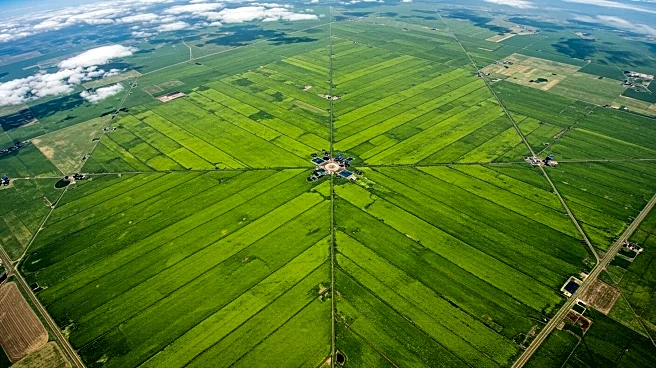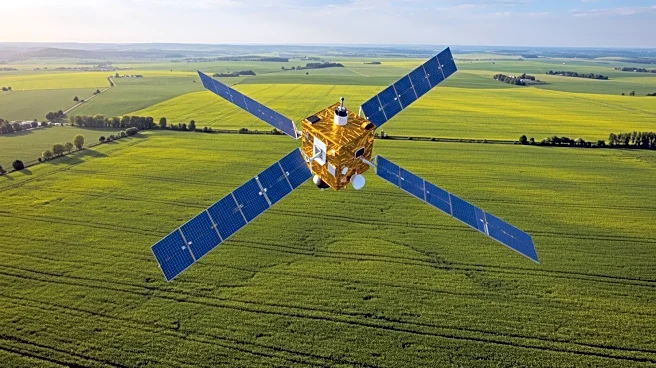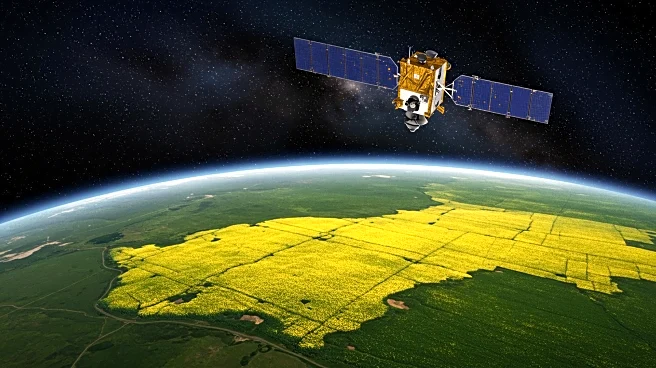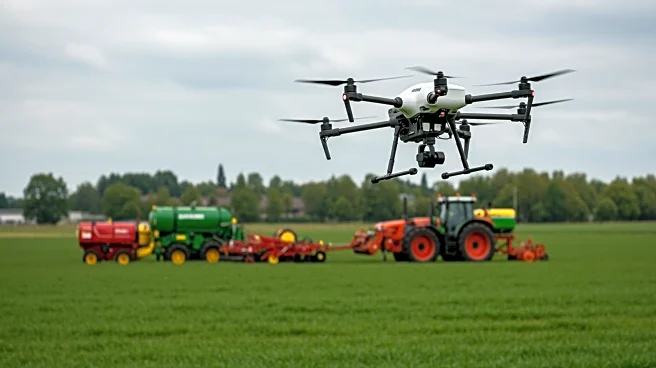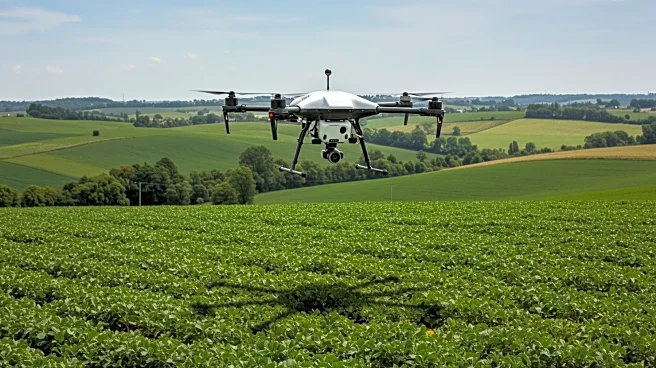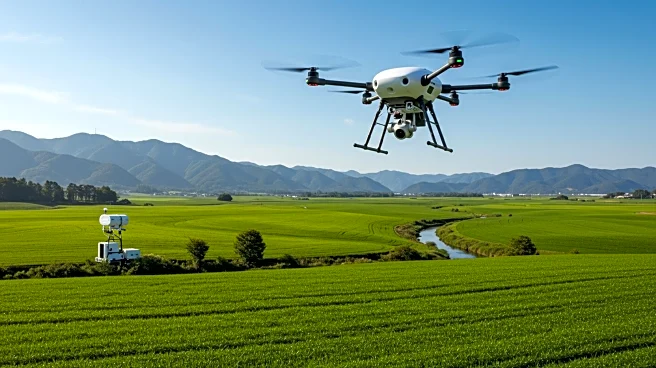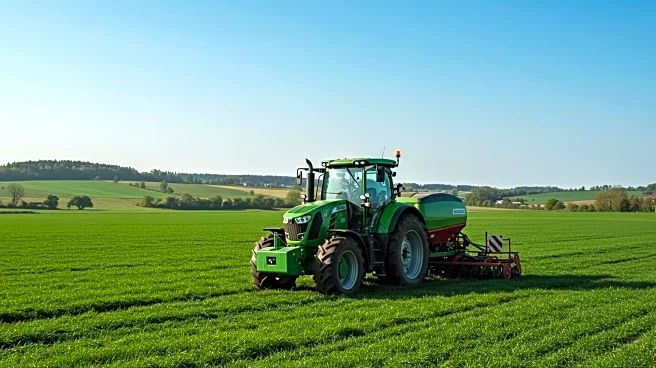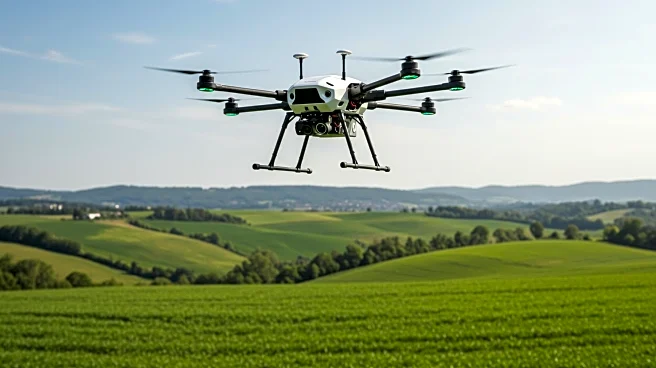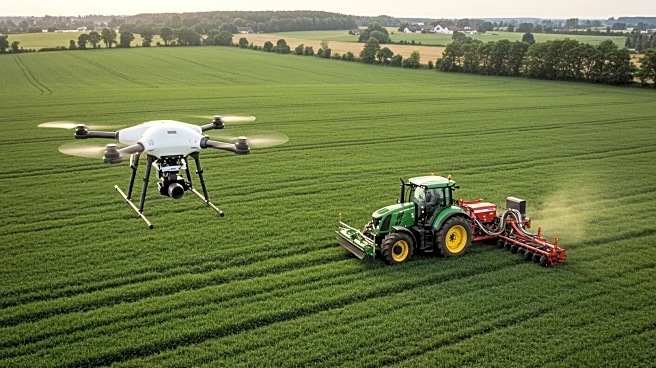What's Happening?
Hansanee Fernando, a graduate student at the University of Saskatchewan, is employing satellite imagery to assist canola producers in monitoring and optimizing their crop growth. By integrating radar images with optical satellite imaging, Fernando aims to provide farmers with detailed insights into key growth stages and yield estimates. This innovative approach allows for comprehensive agricultural mapping, overcoming limitations of traditional optical imaging, especially under adverse weather conditions. Fernando's research is part of the Agronomic Crop Imaging team at USask, which uses precision agriculture techniques to address complex challenges in the field.
Why It's Important?
Fernando's work has the potential to significantly impact the agricultural sector by enabling farmers to make informed decisions that could enhance crop management and reduce costs. The use of radar imaging offers a more reliable method for data collection, which is crucial for accurate crop monitoring. This advancement not only benefits individual producers but also has implications for municipalities and crop insurance companies, providing valuable data for processing claims related to weather damage. The development of an app based on this research could further empower farmers with real-time insights, fostering more efficient agricultural practices.
What's Next?
Fernando plans to develop an application that will allow farmers to access detailed information about their crops, such as flowering dates and yield predictions. This tool could revolutionize how farmers interact with their fields, offering a user-friendly interface for monitoring crop health and growth. As Fernando continues her PhD, she aims to expand her research and explore further applications of satellite imagery in agriculture, potentially influencing broader industry practices and policies.
Beyond the Headlines
The integration of radar and optical imaging in agriculture represents a shift towards more technologically advanced farming methods. This approach not only enhances data accuracy but also supports sustainable farming practices by optimizing resource use and minimizing environmental impact. Fernando's work exemplifies the growing trend of using technology to solve real-world problems, highlighting the importance of interdisciplinary research in driving innovation.
